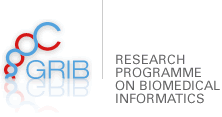
22/03/2022
The European Research Network on Signal Transduction (ERNEST) has established an Emergency Fund for Ukrainian researchers.
Researchers affiliated to any legal entity in Ukraine (for example, schools and universities, research centers, governmental institutions, or private companies) are eligible to apply for this funding.
For more information you can contact Jana Selent (vice-chair of the ERNEST - Cost Action 18133) or visit this website.

19/01/2021
Lilian Boll obtains one of the grants of the INPhINIT PhD program of La Caixa Foundation
We welcome the predoctoral researcher Lilian Boll who has obtained one of the 65 grants of the INPhINIT PhD Program of La Caixa Foundation for her project "Identification of neo-epitopes in cancer derived from non-canonical proteins and their potential use in immunotherapy" to study neoantigens at the Evolutionary Genomics group of the GRIB.
Neoantigens are tumor-specific antigens generated by mutations in tumor cells, which are only expressed in tumor cells. "One of the approaches in immunotherapy is to block cellular checkpoints so that the immune system recognizes tumor cells by their neoantigens," explains Lilian Boll. "With data from oncology patients, I want to characterize neoantigens genomically and structurally to better understand how we can use them to predict treatment response in patients" adds the researcher.
This grant, aimed at researchers of all nationalities who are interested in carrying out doctoral studies in Spain or Portugal, will allow Boll to carry out the project over 3 years and with a total financial endowment of 122,592 euros for the entire period. In addition, the grant includes a comprehensive complementary training program in soft skills, researcher welfare and preparation for the future.
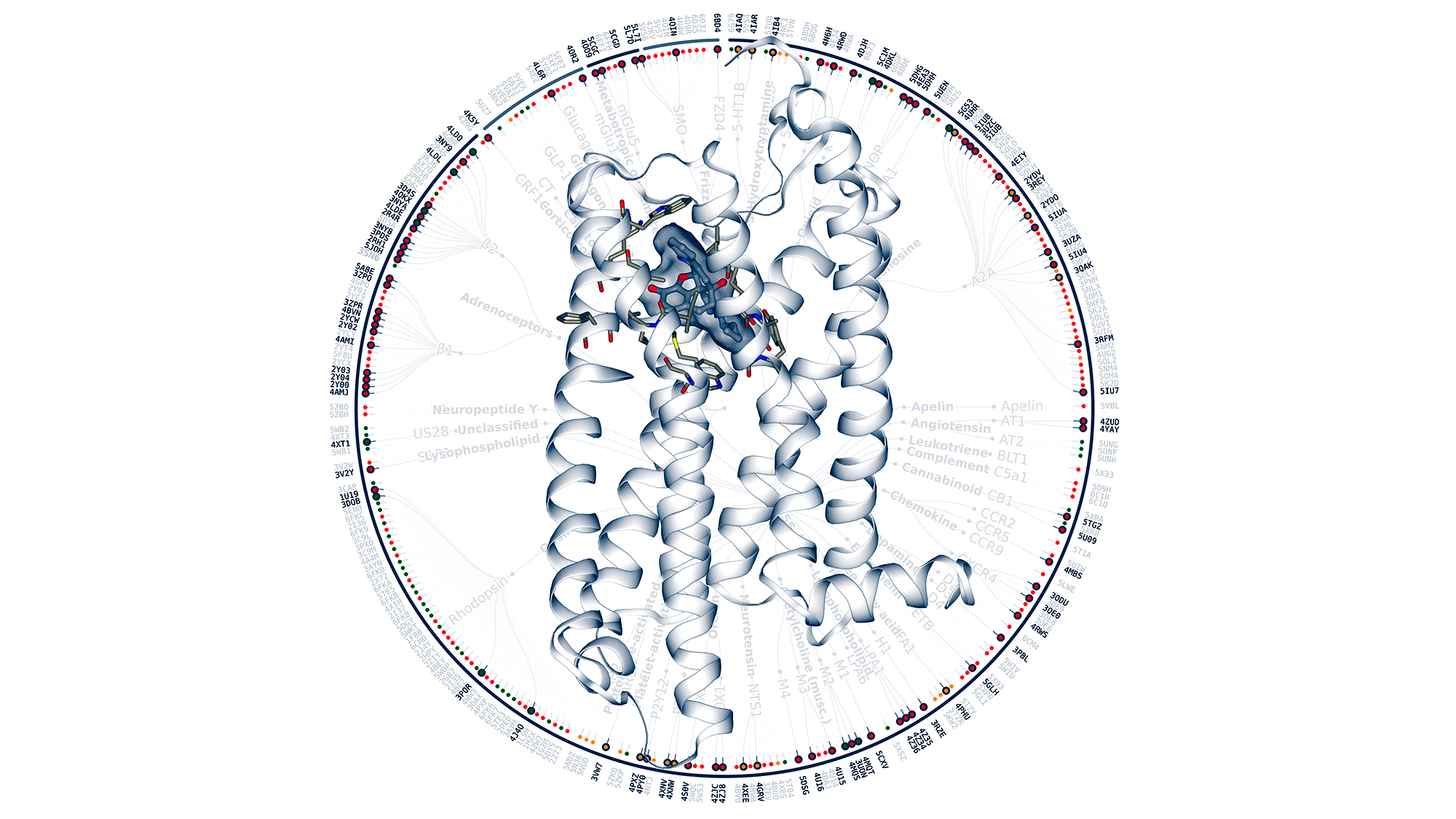
Thesis defence of Mariona Torrens Fontanals: "Making protein dynamics FAIR: Research platforms for the collection, dissemination, and analysis of molecular dynamics simulations"
Next Friday, 11th of February at 11:00, Mariona Torrens Fontanals, member of the the GPCR Drug Discovery Group of GRIB will read her thesis: "Making protein dynamics FAIR: Research platforms for the collection, dissemination, and analysis of molecular dynamics simulations".
You can attend to this event online shorturl.at/exPTZ
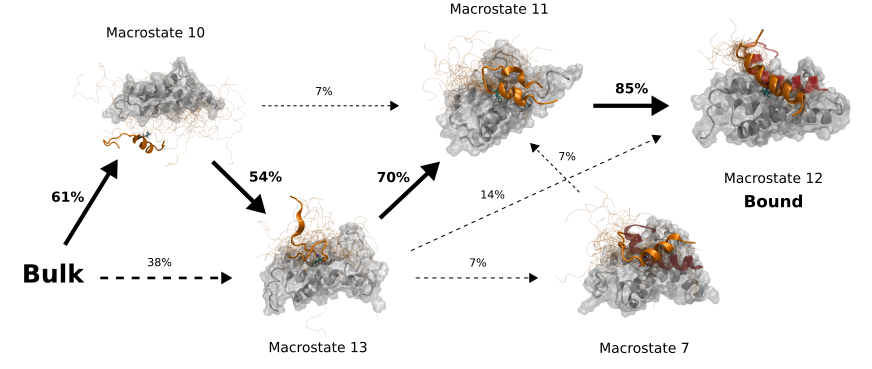
20/01/2022
Thesis defence of Adrià Pérez: "Learning How to Simulate: applying machine learning methods to improve molecular dynamics simulations"
Next Thursday 27th of January at 10:00 am, Adrià Pérez, member of the Computational Science group of GRIB will read his thesis: "Learning How to Simulate: applying machine learning methods to improve molecular dynamics simulations".
The event will be online. Free access at https://upf-edu.zoom.us/j/89823439190
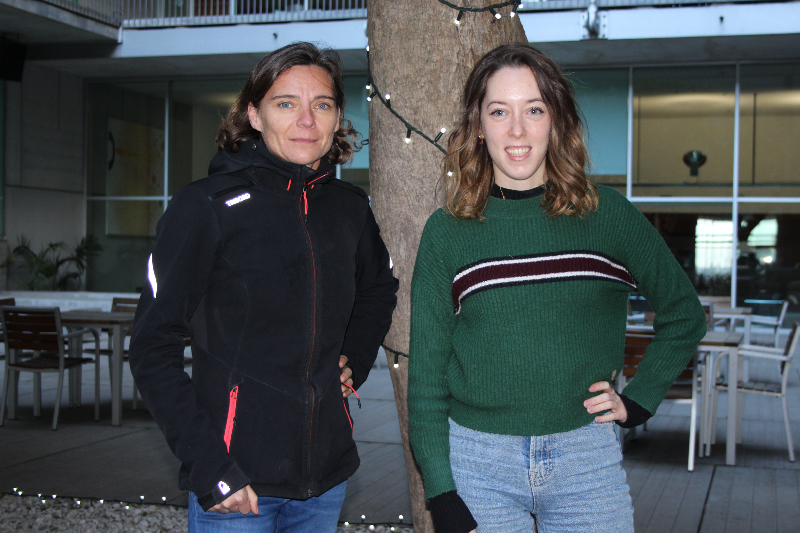
15/12/2021
New online tool for predicting the impact of SARS-CoV-2 mutations on its protein components
Press Release IMIM 14/12/2021
Researchers now have a new tool available for tackling SARS-CoV-2, analysing this virus, and finding new ways to fight COVID-19, namely the SCoV2-MD database (available at www.scov2-md.org). The resource houses detailed atomic, dynamic and 3D information on all known 3D-structured proteins in this coronavirus. In total, it contains 360 gigabits of data covering the majority of the 29 proteins: four structural, sixteen non-structural, and nine accessory proteins. Nucleic Acids Research has published a paper on how it works, which it considers to be one of the most prominent articles ever published in the journal.
"What is really novel is that we use dynamic data combined with the evolution of the virus to predict its impact on protein function", explains Jana Selent, lead author of the paper on this new tool. To do this, "In addition to protein behaviour simulations, the information available on the genetics of the virus has been taken into account to calculate and predict the impact of mutations", adds Toni Giorgino, co-lead author of the article. This makes SCoV2-MD a useful tool for visualising how these SARS-CoV-2 mutations will affect its ability to transmit and infect human cells through the changes produced in their constituent proteins.
Meanwhile, this new tool can also help researchers develop new treatments and vaccines against COVID-19. "Watching the simulations allows us to see and understand how it behaves, how it works, and which parts of the protein's structure are important and possible targets for new treatments", says Mariona Torrens-Fontanals, also a researcher at GPCR Drug Discovery Group of IMIM and first author of the study. It even makes it possible to predict whether coronavirus mutations could affect the ability of the antibodies generated by COVID-19 vaccines to recognise the virus and activate the immune system against it.

15/12/2021
A strategic agreement of Chemotargets with CRG to accelerate the development of new drugs
The CRG and the drug identification company Chemotargets, a spin-off of the GRIB, have joined forces to promote the development of new therapies for different diseases, such as cancer or fibrosis.
The Centre for Genomic Regulation (CRG) and the biotechnology company Chemotargets have reached a collaboration agreement to facilitate and accelerate the process of searching for therapeutic targets and the subsequent drug development.
This initiative combines, on the one hand, the experience of the CRG in the identification of new therapeutic targets for diseases such as cancer, fibrosis, eye diseases, blood diseases or diseases that cause inflammation; and on the other, the cutting-edge technology, computational methods and data analysis offered by Chemotargets, a spin off of the Systems Phamacology group of GRIB led by Jordi Mestres.
Read more at El·lipse magazine https://ellipse.prbb.org/a-strategic-agreement-to-accelerate-the-development-of-new-drugs/

12/1/2022
Join this seminar "Bioinformatics for Neuroscience Research: omics, statistics and data analysis" by Dr. Júlia Perera, on Wednesday 12nd of January at 12:00 h.
We invite you to the next IMIM Seminar on Hottopics in Neuroscience that will take place on Wednesday 12/1/2022 at 12:00 h. Dr. Júlia Perera (Bioinformatics Unit, MARGenomics & GRIB) will talk about "Bioinformatics for Neuroscience Research: omics, statistics and data analysis".

31/08/2021
Research Snapshot: First-ever gene expression map of an entire nervous system completed
researchers share data to expedite research into genetic defects affecting the brain
Extracted from Research news of Vanderbilt University website
Research Assistant Professor Seth Taylor and Professor David Miller, both in Vanderbilt University's Department of Cell and Developmental Biology, along with biologists from Columbia University, Yale University and IMIM have established a gene expression atlas for the nervous system of the nematode C. elegans. Gabriel Santpere, head of the Neurogenomics research group of GRIB has collaborated on this work.
Their data complement the known wiring diagram of the C. elegans nervous system to create, for the first time, a complete picture of gene expression for every neuron in an entire nervous system.
The article "Molecular topography of an entire nervous system" was published online in the journal Cell on July 7.

09/11/2021
Open Innovation Modelling Challenge
The eTRANSAFE consortium is happy to invite the world-wide scientific community to the Open Innovation Modelling Challenge. Consortium partners, Universitat Pompeu Fabra and University of Vienna, developed model building tools which allow easy transfer and validation of computational models at other partner's premises, including EFPIA companies. The focus of this challenge lies on off-target modelling. The best model(s)/results will be published and promoted by the eTRANSAFE consortium.
The models shall be built only with one of these eTRANSAFE tools UNIVIE Sandbox / KNIME Workflow and Flame
To learn more about these tools and our challenge we kindly invite you to join our workshops on 17 of November:
UNIVIE Sandbox/KNIME: 17th November 2021 at 10:00 - 14:30 CET
Flame: 17th November 2021 at 16:00 - 18:00 CET.
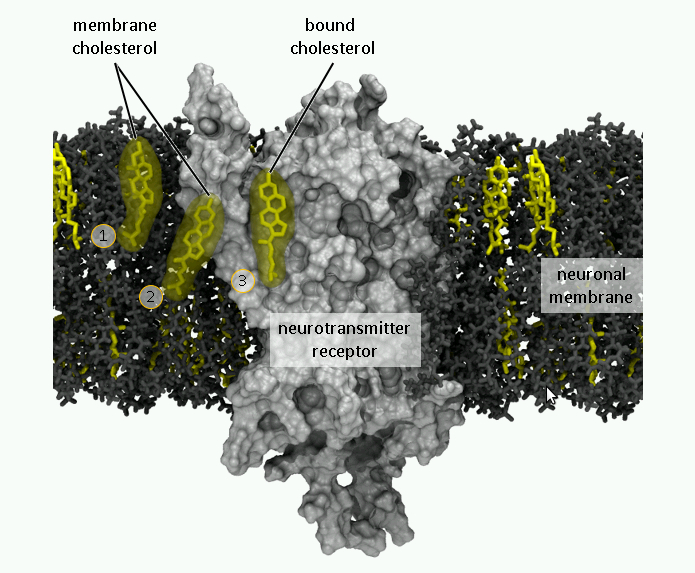
17/09/2021
Researchers of GRIB show that cholesterol is fundamental for signal transmission in the human brain
Researchers from the GPCR Drug Discovery Group of GRIB have discovered a novel mechanism through which the serotonin receptor interacts with cell membranes in the human brain. This finding opens the door for the design of novel drugs
A study lead by researchers from the GPCR Drug Discovery Group of GRIB and the Centre for Cellular and Molecular Biology of the Council Of Scientific And Industrial Research (CSIR) published in the Science Advances journal, shows for the first time how cholesterol can interfere with the function of a important receptor present in brain cells - the serotonin receptor. This finding is of great importance, as it allows to devise new ways to modulate those receptors, which in the future could lead to the development of new drugs to treat diseases of the central nervous system.
In this study, researchers demonstrate, for the first time, how cholesterol influences the function of serotonin receptors at an atomic scale. This finding describes the structural basis of a yet undescribed cross-talk between those receptors and the membrane. "Until know it was not clear how the presence of cholesterol influences the behavior of those proteins, due to the lack of methods that can capture the dynamics of such biological events at an atomic scale" explains Dr Jana Selent, the head of the GPCR Drug Discovery Group, and the co-supervisor of the study. "The results of our study show the intimate relation between cholesterol and GPCRs of the central nervous system and highlight the key role of this molecule in signal transmission within the brain" she adds. "Our findings pave the path for novel lines of investigation, like the use of membrane components as tools to treat disorders of the central nervous system"
